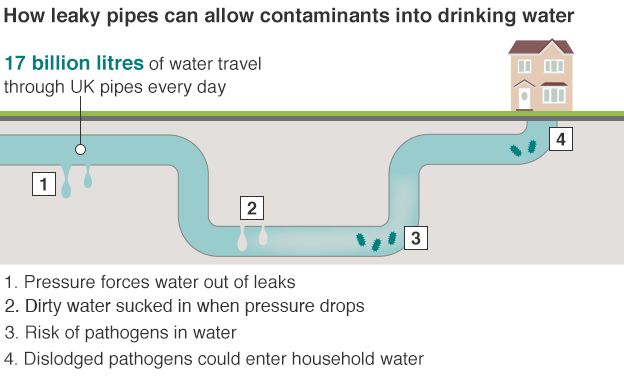Exactly How Weather Condition Impacts Your Roofing: A Novice'S Overview
Exactly How Weather Condition Impacts Your Roofing: A Novice'S Overview
Blog Article
Write-Up Composed By-Engberg Lohmann
When it involves your roof covering, the climate plays an important role in its total wellness and life-span. You could not recognize how rain can cause leakages or just how hefty snow can stress the structure. Also the sunlight's ruthless rays can degrade your roof products gradually. It is very important to understand these impacts, however what can you do to secure your roof from the components? Discovering maintenance strategies and material choices could be essential to ensuring your roofing system stands strong versus whatever Mother earth throws its means.
Impacts of Rain on Roofing
Rainfall can be a silent adversary to your roof covering, creating both prompt and long-lasting damage. When water permeates right into fractures or voids, it can bring about leakages, which may not show up immediately. You might observe a stain on your ceiling, yet by then, the wetness can have currently jeopardized your roofing system structure.
Over time, consistent exposure to rain can damage roofing products. Shingles may warp, curl, or even degenerate, leaving your home at risk to additional water intrusion. Mold and mold thrive in moist conditions, which can compromise your indoor air top quality and result in health and wellness issues.
Standing water on your roof can additionally trigger severe issues. It includes unneeded weight, raising the risk of structural failing. Plus, it can accelerate the wear and tear of your roof materials, making substitutes more regular and expensive.
To protect read this article covering, ensure your seamless gutters are tidy and operating appropriately to divert rainwater away. Routine examinations can assist you catch potential issues before they escalate.
Taking these actions currently can conserve you time and money in the future, keeping your home risk-free and completely dry.
Influence of Snow and Ice
When winter months arrives, snow and ice can present significant threats to your roof, similar to rainfall. Accumulated snow can be rather heavy, and if it does not slide off, it can produce an unsafe lots that your roof mightn't be able to support. This stress can result in sagging, leakages, and even structural failure.
Ice can likewise cause issues, specifically with ice dams. When snow on your roofing system melts, it can flow down and refreeze at the eaves, developing a dam that prevents correct water drainage. Water then supports under roof shingles, bring about leaks and water damage inside your home.
To safeguard your roof covering, it's necessary to keep gutters free from debris, permitting appropriate water drainage. Regularly examining your roofing system for signs of wear and damages can assist catch concerns early.
If you see a significant amount of snow, think about working with a specialist to remove it safely. Remember, it's better to be positive about snow and ice than to handle expensive repairs later on. Taking these steps can help guarantee your roof endures the winter months without severe issues.
Sunshine and Temperature Challenges
While you may delight in sunny days, long term direct exposure to sunlight and severe temperature levels can be harmful to your roofing system. UV rays can break down roofing products over time, resulting in warping, splitting, or fading. If your roof covering's shingles are made from asphalt, they might end up being fragile under intense heat, making them much more susceptible to damages.
In addition, heats can increase the risk of thermal expansion. As products broaden throughout the warm of the day and contract at night, this constant cycle can create stress and anxiety on your roofing, possibly creating leaks or various other structural concerns.
You might also see raised energy prices as your air conditioning system functions tougher to fight warm build-up in your attic.
It's necessary to select roof materials that can endure your local environment's temperature fluctuations. vinyl tile flooring installation san antonio or reflective roof can help reduce warmth absorption, while correct air flow in your attic can maintain a well balanced temperature level.
Normal assessments and upkeep can also capture issues early, guaranteeing your roofing remains in ideal condition. By remaining positive, you'll secure your investment and prolong your roof covering's life-span in spite of the difficulties positioned by sunlight and temperature extremes.
Final thought
Finally, understanding exactly how climate affects your roof is important for preserving its integrity and durability. Rain can result in leakages, snow and ice can produce heavy tons, and long term sunlight direct exposure can cause materials to break down. By remaining proactive with regular maintenance and choosing the best products, you can secure your roof from the elements. Remember, a well-maintained roof not just enhances your home's value however also keeps you safe and comfortable for several years ahead.
